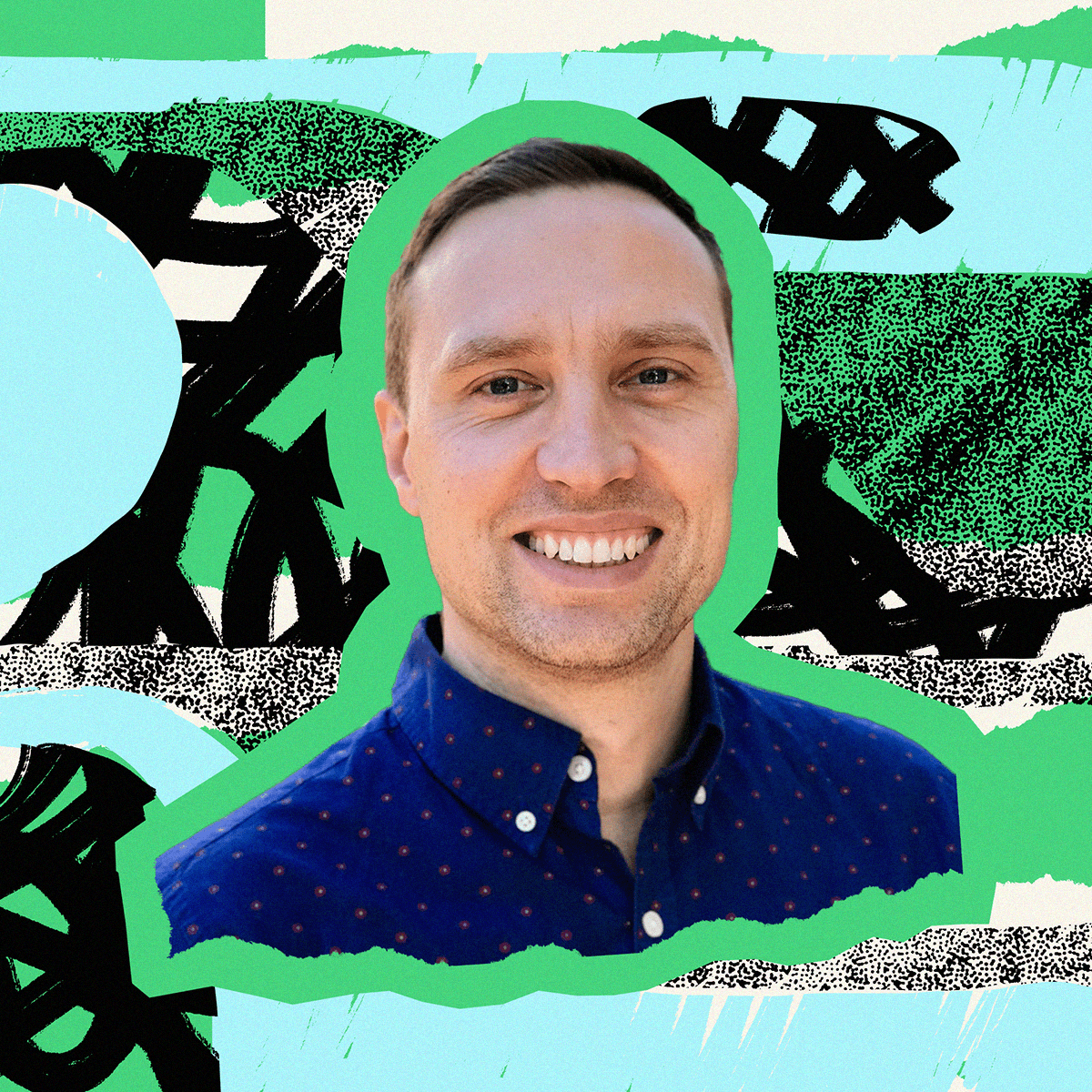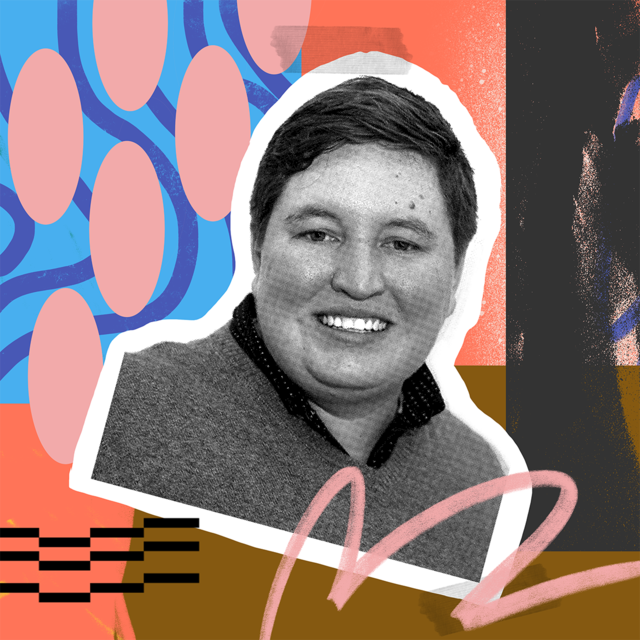
Moving from Product Vision to Strategy to Execution

A great product story always starts with a vision. But as we all know, it is those next steps that can be challenging and ultimately dictate whether a product becomes a success. And what exactly are those next steps and what is the best way to approach them?
We spoke with Hubert Palan, Founder and CEO of productboard, a product management system that enables teams to get the right products to market faster. Hubert is passionate about product strategy and has worked to fill a need was hearing repeatedly: that there was no clear definition of what a successful product strategy looked like.
So what has Hubert learned about product strategy through his experience with productboard? And why does starting with the right product idea make all of the difference? Listen in to hear Hubert’s insights on product strategy that moves product makers from vision to execution.



